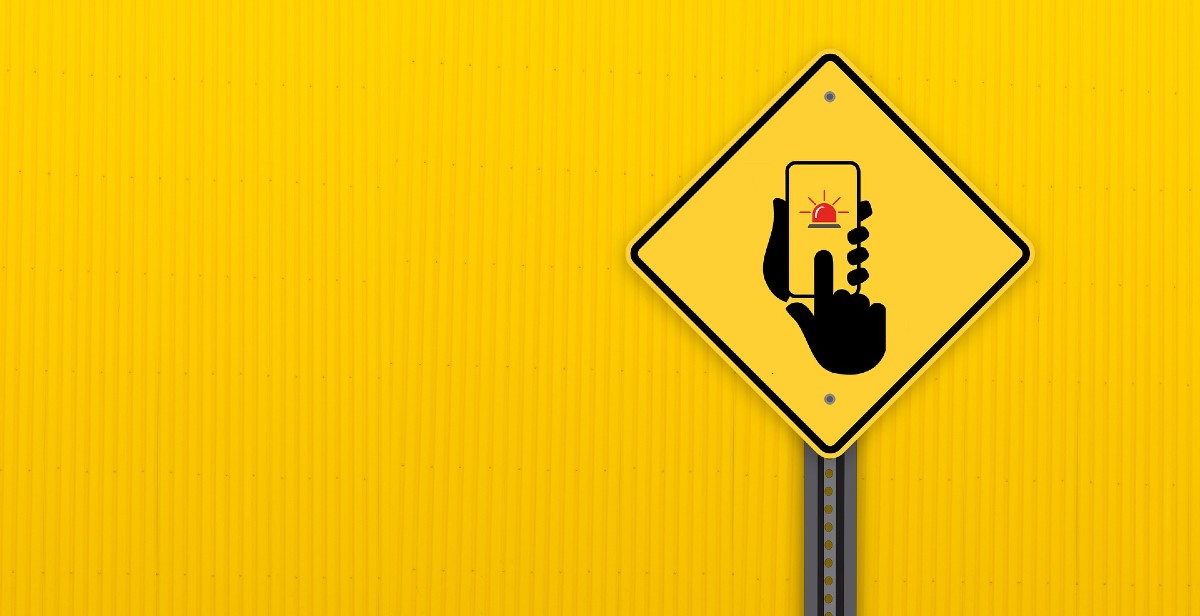 Building brand equity isn’t easy. Losing it is. Advertising is supposed to help with the former of course, yet it seems that barely a month goes by where a major brand doesn’t find themselves featuring in the national and international press for running their ads – albeit unwittingly – against inappropriate online content. Here Niall Hogan, Managing Director of Integral Ad Science, asks whether brands are willing to accept the risks associated with buying media online.
Building brand equity isn’t easy. Losing it is. Advertising is supposed to help with the former of course, yet it seems that barely a month goes by where a major brand doesn’t find themselves featuring in the national and international press for running their ads – albeit unwittingly – against inappropriate online content. Here Niall Hogan, Managing Director of Integral Ad Science, asks whether brands are willing to accept the risks associated with buying media online.
The Sun newspaper ran a full page editorial today (14/4/2015, p20) under the banner of “SUN INVESTIGATES SLEAZE BLUNDER” and asked the question: Why are adverts for these well-known brands appearing on inappropriate websites?
Many brands were called out in the article; including British Gas, Royal Ascot and O2. This kind of publicity must be distressing for these brands and it is important that everyone employed on their behalf; from the sellers of media, through to exchanges, SSPs, DSPs, agency trading desks, media agencies, buyers and tech vendors are all working on their behalf to stop their ads appearing next to inappropriate content.
Blocking technology exists, and my first instinct when I see an article like this is to ask, ‘Is the brand working with a CV (content verification) vendor?’ If they are, did the brand or their representatives have the blocking capabilities turned on or were they simply monitoring?
We see many instances where buyers only choose to use the basic monitoring tool set because they feel that the full suite is cost prohibitive. We are talking about a difference in pennies in the CPM here, not pounds, and I am sure that each of the brands singled out in the article would happily pay a small difference for the full blocking capabilities of the technology now.
But what if the blocking technology was turned on? Is there a 100 percent guarantee that ads will not be misplaced? And what is the size of the problem in the UK?
We should be clear that no verification technology is totally infallible. An impression can get passed, as technology learns to read and categorise new web pages for the first time. If an advertiser is working with a CV tool, this could be the odd single impression, but not thousands of impressions.
In a report due to be released for Q1 2015, Integral Ad Science saw that 11 percent of all UK ads that we monitored were blocked from serving content that was deemed inappropriate by the advertiser – sexual, violent, drug and/or alcohol related content.
So, it’s about risk mitigation and not fail-safe guarantees. There are real benefits to using ad exchanges mentioned in the The Sun article, especially around things like reach and cost to the advertiser. Using a CV tool is not a guarantee, but it will help a client that wants to take advantage of an exchange’s cost efficiencies to mitigate the risk of appearing on an inappropriate site from around 11 percent down to 0.001 percent (for example).
If this risk is still too high, maybe the advertiser needs to ask themselves if they have the right digital media buying strategy in place? If you are 100 percent risk averse, don’t take the risk.




